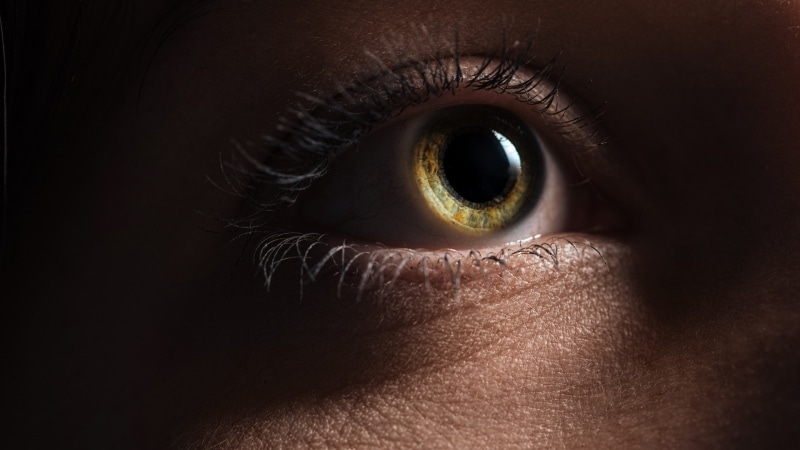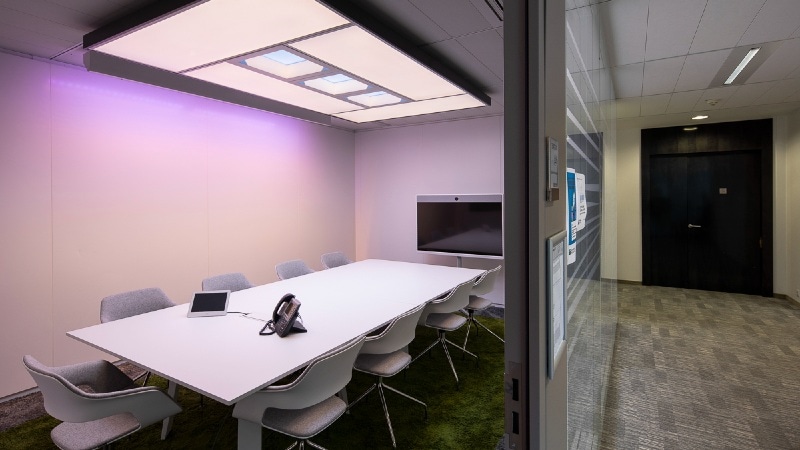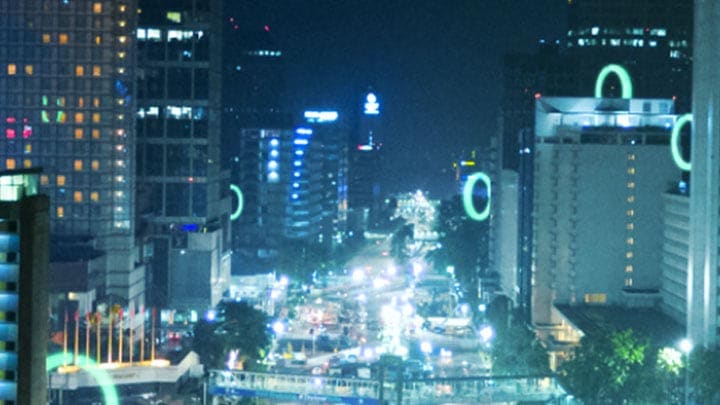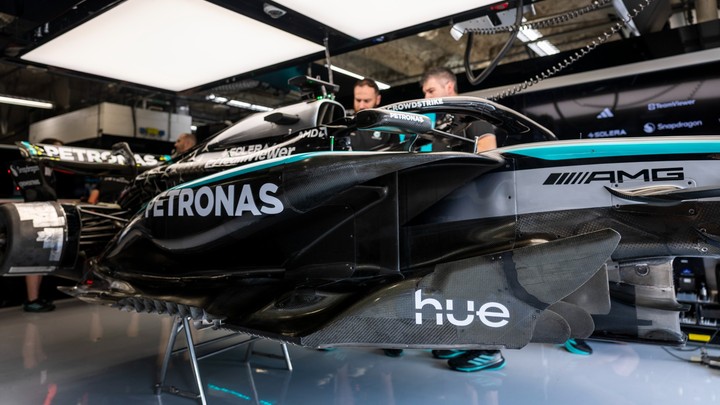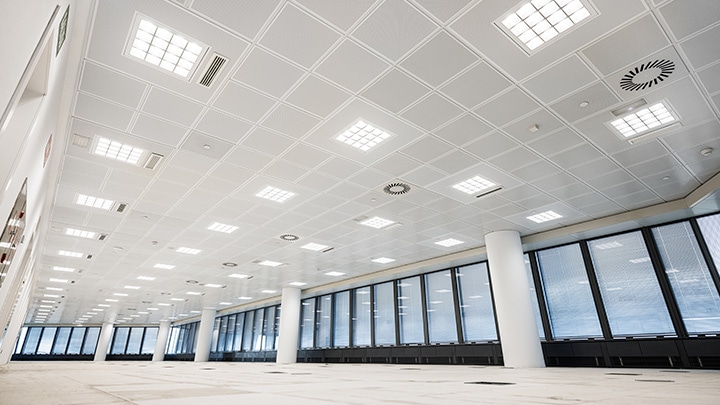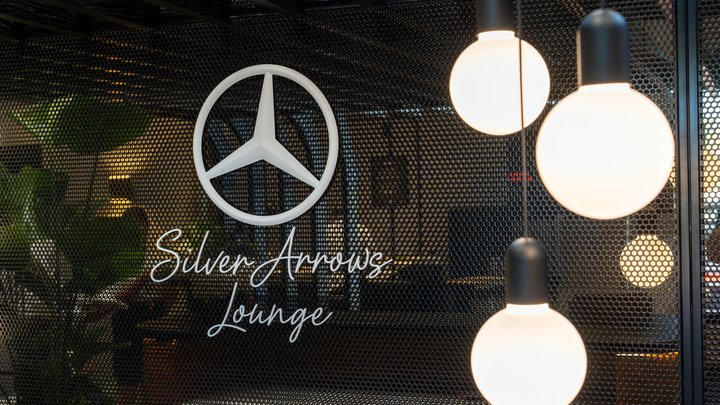The profound effect of the right type and quantity of light on the human sleep/wake cycle
Since Signify started partnering with the Mercedes-AMG PETRONAS Formula 1 Team in 2024 to drive our shared passion for sustainable technology and responsible innovation, we’ve learned a great deal about the punishing Formula 1 racing season schedule and the unique challenges that drivers face to achieve and maintain peak performance. The team drivers and trainers, in turn, have learned a great deal about how light can help them do just that.
Every year for 10 months, starting in March to December, the Mercedes-AMG PETRONAS Formula 1 Team participates in 24 races on five different continents. With all the shifting time zones, night and day races, and long airline flights, jet lag becomes a serious issue—and if it isn’t addressed effectively, racers quickly find themselves at a competitive disadvantage.
Addressing jet lag requires that drivers manage their sleep and waking cycles effectively, no matter where in the world they find themselves.
